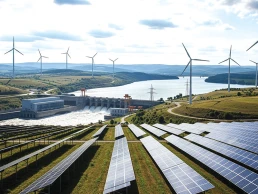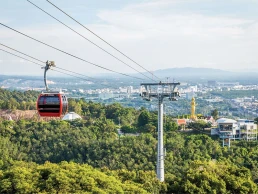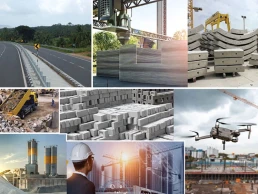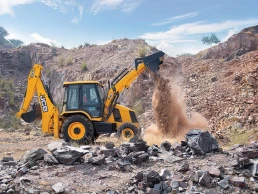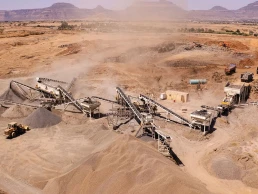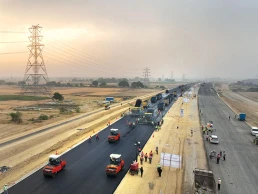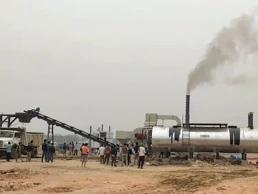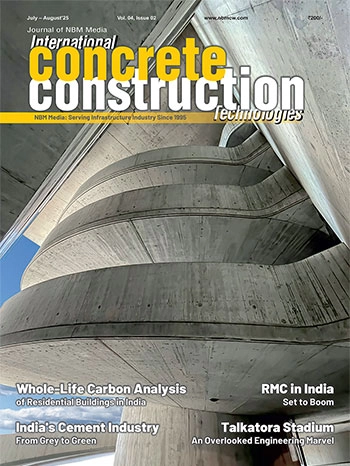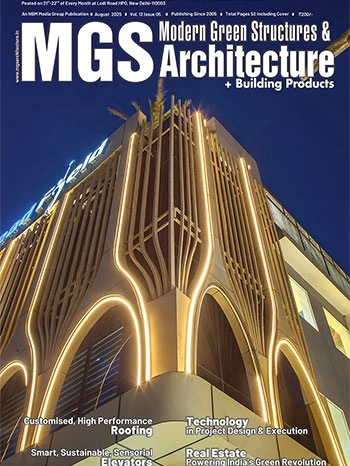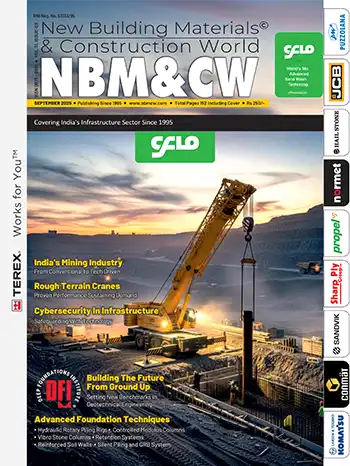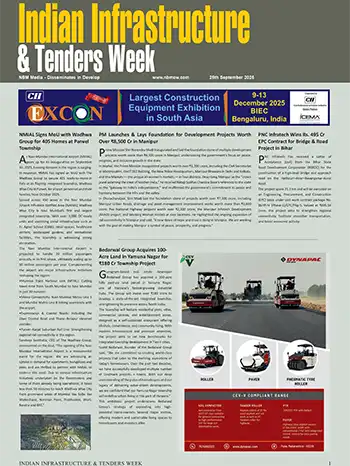Impact of Underground Construction n Urban-Built Environments

The underground space provides provisions for sewage systems, rapid mass transportation, groundwater and geothermal energy (Bobylev, 2016) and protection from adverse weather conditions and natural hazards. The space is useful for the urban-built environment in various ways as it provides space for land usage and construction of essential and useful structures such as car parks, recreational facilities, museums and aquariums, protective structures, pipeline systems, water lines, etc. In hills and mountains, underground tunnels serve as a passageway and give protection against landslides.
Published on:
Published in: NBM&CW June 2020
Share:
We Value Your Comment

































